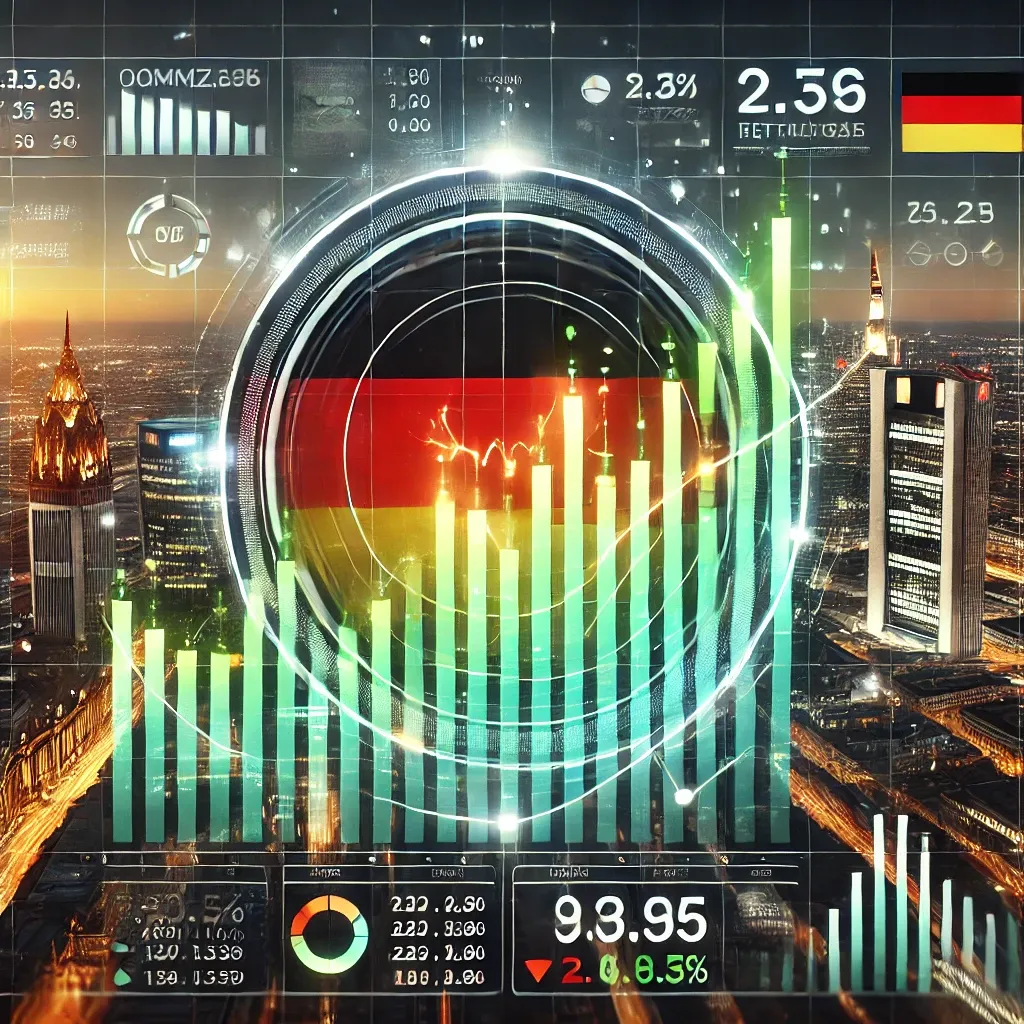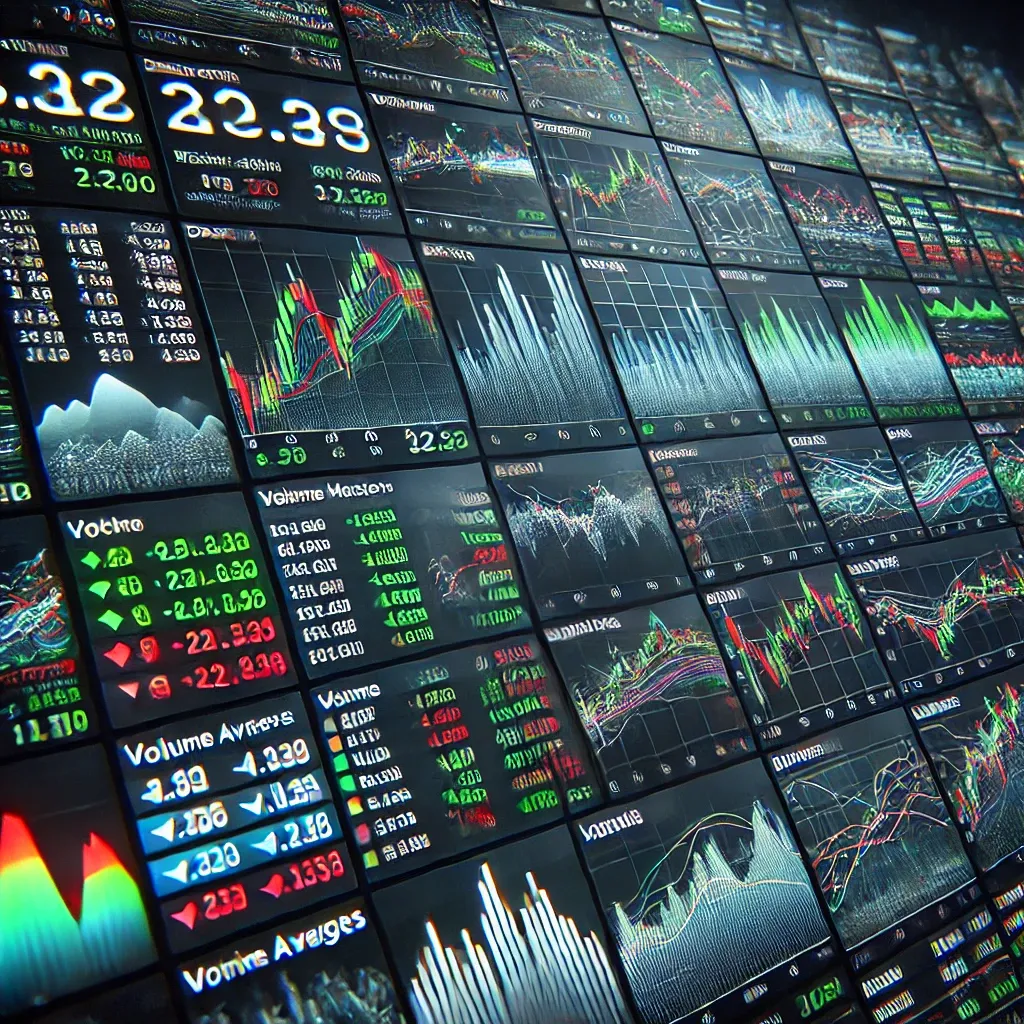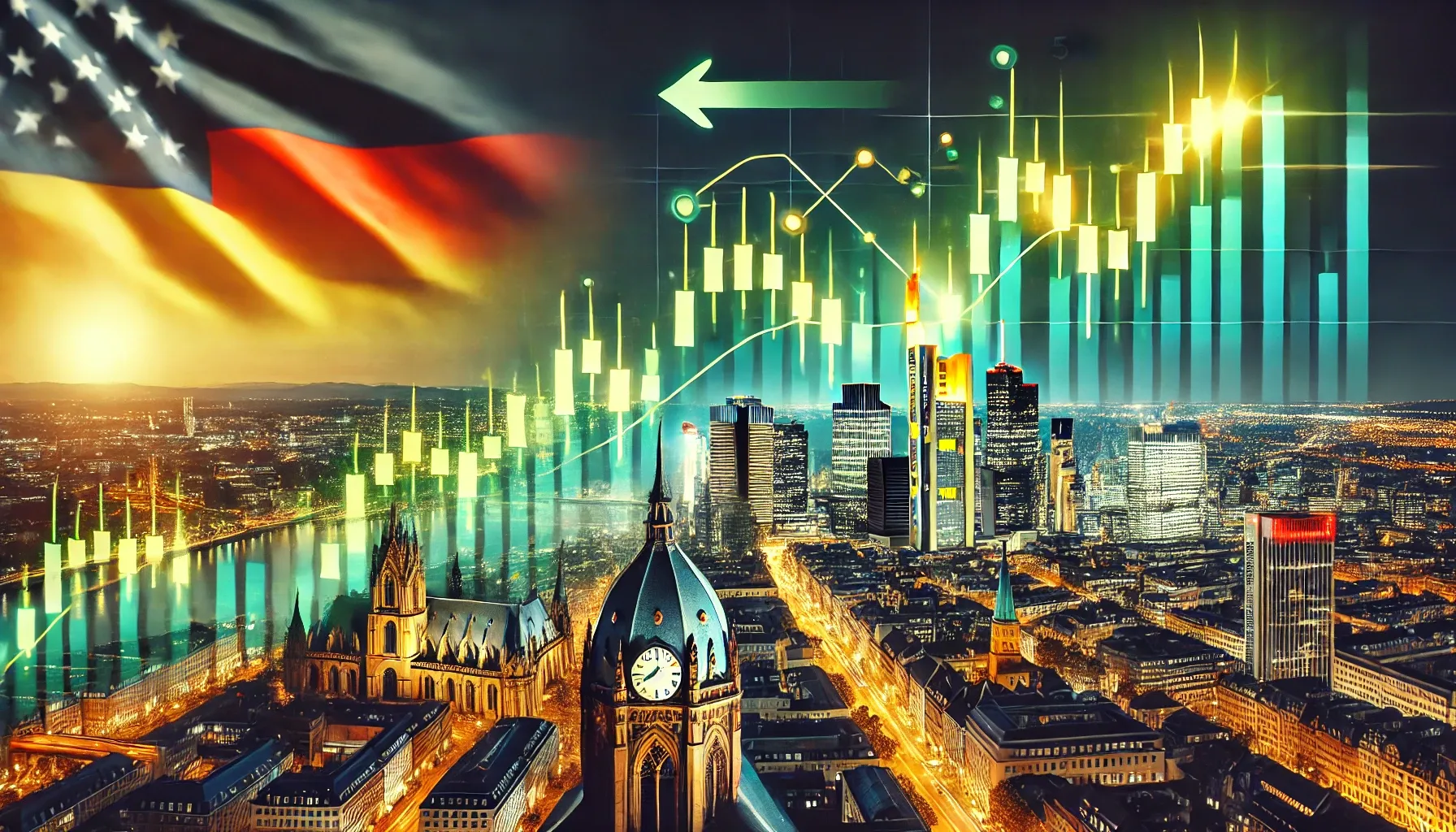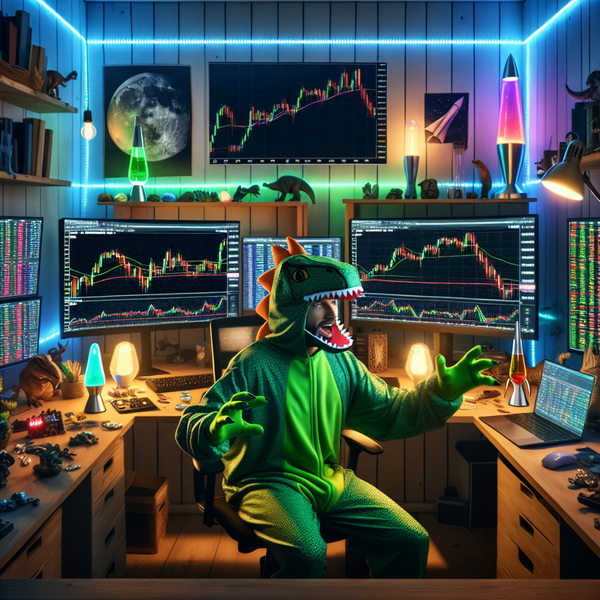Can You Trade DAX Futures? How to Trade Them

Can you trade DAX Futures?
Yes, you can trade DAX futures—and they’re a popular choice among traders looking for exposure to Germany’s top 40 companies. DAX futures offer high liquidity, tight spreads, and nearly 24-hour trading through major exchanges like Eurex. Whether you’re hedging European equity exposure or seeking short-term opportunities, trading DAX futures can be a powerful way to capitalize on movements in one of Europe’s most influential stock indices.
What Is the DAX Index?
The DAX Index, often called the Deutscher Aktienindex, is a benchmark tracking the 40 largest and most liquid companies listed on the Frankfurt Stock Exchange. It is widely followed as a measure of Germany’s economic strength and overall market sentiment. Understanding what is the DAX index can help traders identify opportunities that follow global trends, particularly in Europe. The DAX plays a similar role to the S&P 500 in the United States, providing essential data for investors, analysts, and active traders. As a result, it offers robust liquidity, tight spreads, and diverse trading strategies for individuals wanting exposure to European equities.
What Is the German Stock Market?
The German stock market consists of multiple exchanges, with the Frankfurt Stock Exchange being the most prominent by volume and reputation. It provides access to German blue-chip stocks and serves as the primary venue for DAX index trading. As the largest stock market in Germany, it connects domestic and international investors with major German corporations, such as Siemens, SAP, and Allianz. The market plays a critical role in reflecting the stability and growth of the German economy. Efficient regulations and state-of-the-art trading technology make it a popular option for both institutional and retail investors.
German Stock Market Opening Hours
The German stock market operates during specific windows aligned with European business hours. The Frankfurt Stock Exchange usually opens at 9:00 AM and closes at 5:30 PM CET, which is essential for those needing to know the German stock market opening hours for effective trading. Traders from outside Europe should be mindful of time zone differences when timing their entries and exits. Additionally, the Eurex holiday calendar can affect trading days and market liquidity, sometimes changing available trading sessions. Staying updated on local German stock market hours helps participants avoid missed opportunities or unexpected downtime.

Can You Trade DAX Futures From Anywhere?
What Platforms Allow DAX Trading?
DAX futures contracts are available on a range of global trading platforms, including those catering to both professionals and retail investors. Some popular online brokers like Interactive Brokers, NinjaTrader, and TradeStation provide direct access to the Eurex exchange where DAX futures are listed. There are also platforms offering mobile apps and web-based interfaces, making it easy to monitor markets from virtually anywhere. By choosing the right broker, traders gain access to real-time prices, advanced charting, and order types tailored to DAX trading. Does your broker support DAX futures and offer the features you need?
Is DAX Trading Possible in a Funded Account?
Yes, several prop trading firms and brokers now offer funded accounts specifically for DAX futures. These accounts allow qualified traders to use company capital for trading, so you can participate without risking your own funds upfront. Usually, funded accounts require meeting certain evaluation criteria, such as trading discipline and risk management. This option can be a practical way to learn how to trade the DAX while accessing leverage and a supportive environment. It’s always wise to review the terms, including payout percentages and any restrictions, before signing up with a funded trading program. Funded Futures Network does not trade DAX specifically.
When Are DAX Futures Active?
DAX Futures Active Hours vs. Spot Market
DAX futures are traded on the Eurex exchange, and their hours extend beyond the traditional German stock market’s cash session. While spot market DAX trading follows the opening and closing times of the Frankfurt Stock Exchange, DAX futures active hours run from 1:10 a.m. to 10:00 p.m. CET, meaning nearly full European business coverage and some evening trading. This broader window is useful for global traders, as it provides more flexibility to react to news and market-moving events outside the spot market’s limited time frame. When comparing futures to the index, do you prefer more flexibility or align your trading with the cash market?
DAX Futures Hours in U.S. Time Zones
For traders in North America, understanding DAX futures hours in U.S. time zones can maximize trade opportunities. DAX futures begin trading around 7:10 p.m. and close at 4:00 p.m. Eastern Time, giving U.S.-based traders the ability to participate in the European session before U.S. markets open. This overlap offers a unique chance to diversify trading schedules and strategies. Remember to consider Daylight Saving Time shifts on both sides of the Atlantic, which may cause temporary changes in DAX futures trading hours. You can always consult resources such as World Time Buddy for real-time conversions between UTC, CET, and U.S. time zones.
Contract Specs and Pricing Basics
DAX Futures Tick Value Explained
Every DAX futures contract has a set tick value—the smallest price movement in the contract—which plays a significant role in risk and reward. As of now, the tick value for DAX futures is €5 per tick. Since a single point move in the contract equals €25 (5 ticks per point), it’s important to calculate your position sizing and maximum risk accordingly. This tick value is more substantial than many other index futures, meaning both profits and losses can accumulate quickly. Is your trading plan accounting for the contract size and the impact each tick can have on your trade?
DAX Futures Barchart for Tracking Live Prices
To access real-time DAX futures prices and insightful historical data, traders rely on platforms and tools like DAX futures barchart. These web-based charting platforms provide up-to-the-minute market movements and technical indicators tailored for DAX futures. By utilizing a DAX futures barchart, you can spot trends, track volume, and make informed trading decisions. Many charting providers also offer customizable alerts and overlays to help manage trades efficiently. If you want to experiment with no risk, try paper trading using free charting tools like TradingView.

DAX Trading Strategies That Actually Work
Basic DAX Index Trading Strategy for New Traders
One straightforward method for beginners is trend following based on moving averages, a classic DAX index trading strategy. Set a 20-period and a 50-period moving average on your chart: if the 20-period crosses above the 50, go long, and do the opposite for short positions. Always set stop-loss orders below recent lows or above recent highs to manage risk. This approach helps filter out market noise and avoids trading against the major market direction. Are you documenting your trades to identify which signals work best for you?
Momentum-Based DAX Trading Strategy
A momentum-based dax trading strategy seeks to capitalize on strong price moves by following periods of increased volatility. Use volume spikes, breakouts from consolidation, or oversold/overbought signals on RSI as triggers for entry. This style requires discipline in taking profits quickly and managing risk, as momentum can fade without warning. Monitor fundamental events or economic news that can impact the DAX index, such as German economic data releases.
Range-Bound and Scalping Strategy
Markets often move sideways, making a range-bound and scalping strategy effective for short-term DAX traders. Identify support and resistance levels using recent highs and lows, or use pivot point indicators, to frame your trades. Enter long positions near support, and short positions near resistance, aiming for small, quick profits with tight stop-losses. DAX futures’ liquidity and frequent price movements make short-term scalping especially appealing during periods of low volatility. Does your broker offer low commissions to support this high-frequency approach?
How to Use Leverage in DAX Futures Trading
Leverage is a double-edged sword in DAX futures trading. The margin requirements on Eurex allow for significant position sizes relative to your account balance, amplifying both potential profits and losses. It’s wise for new traders to start with the smallest contract size and use modest leverage until they gain consistent results. Employ strict risk management: never risk more than a small percentage of your account on a single trade. What safeguards have you put in place to avoid costly mistakes when using leverage? FFN does not trade DAX Futures, but they have amazing customer support and they are super helpful in getting traders started. You can get funded with them without risking your own capital.
How to Trade the DAX Without Futures
There are several ways to trade the DAX if futures contracts aren’t your preference. Exchange-traded funds (ETFs) like the iShares DAX UCITS ETF offer exposure to the index with low fees on most international brokerage platforms. Contracts for Difference (CFDs), available on many global platforms, allow flexible position sizes and the ability to go long or short on DAX movements. You can also gain indirect access through mutual funds with a European equity focus. For more on alternative DAX trading vehicles, visit resources like Morningstar.
Final Thoughts on Trading DAX Futures
DAX futures provide an exciting, liquid avenue for traders diversifying outside their local stock markets. With long trading sessions, flexible access through various platforms, and multiple trading strategies, the DAX suits both experienced and new traders. Remember to pay close attention to contract specs, DAX futures hours, and your risk management plan. The European market’s unique rhythm presents new opportunities—and a fresh set of challenges—compared to U.S. indices. Will you make DAX trading a core part of your global trading strategy?



